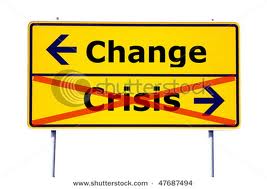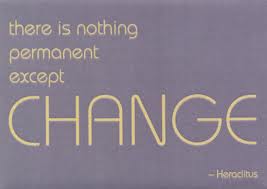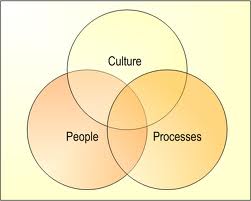 Welcome to O.D. Fridays at DonorDreams blog. Every Friday for the foreseeable future we will be looking more closely at a recent post from John Greco’s blog called “johnponders ~ about life at work, mostly” and applying his organizational development messages to the non-profit community.
Welcome to O.D. Fridays at DonorDreams blog. Every Friday for the foreseeable future we will be looking more closely at a recent post from John Greco’s blog called “johnponders ~ about life at work, mostly” and applying his organizational development messages to the non-profit community.
Today, we’re focusing on a post that John titled “Burn the Boats“. In that post, he talks about two different theories of change. One school of thought advocates that changing behaviors drives organizational change. The other school of thought speaks to the idea of changing the environment / structures to affect organizational change. I just love the story John shared in the beginning of his blog post by Napoleon Hill. If you have a little time today, I strongly encourage you to click-through and read Burn the Boats.
I see non-profit organizations struggle with this ALL THE TIME. One classic example that I’ve witnessed (and have seen over and over again) is how many agencies develop a resource development plan and then go about trying to implement it.
 One example that bubbles to the top of my mind is an agency that was heavily dependent on a special events strategy to raise money. They were running a special event fundraiser every other month. After completing a resource development planning process, they came to see how damaging those activities were. They decided to cut the number of events in half and pivot strongly to an individual giving strategy focused heavily on person-to-person solicitation tactics.
One example that bubbles to the top of my mind is an agency that was heavily dependent on a special events strategy to raise money. They were running a special event fundraiser every other month. After completing a resource development planning process, they came to see how damaging those activities were. They decided to cut the number of events in half and pivot strongly to an individual giving strategy focused heavily on person-to-person solicitation tactics.
One big challenge was that the agency’s staff were all event minded people. They were hired because of their skill sets and experiences in planning, implementing and evaluating fundraising events. Another big hurdle was that their board of directors and fundraising volunteers were all events people, too.
To John’s point in his post “Burn the Boats,” the organization tried to persevere with its people. It asked for technical assistance from its national office. Of course, they invested in training opportunities.
In the end . . . Do I really need to finish this sentence???
I’m with John . . . BURN THE BOATS!!!!
 Jim Collins in his book “From Good To Great” talks about getting the right people on the bus and then finding the right seat for them. In situations like the one I just described, I think there are ways to have polite conversations with volunteers about finding a new seat for them on the bus when the environment on the bus starts changing.
Jim Collins in his book “From Good To Great” talks about getting the right people on the bus and then finding the right seat for them. In situations like the one I just described, I think there are ways to have polite conversations with volunteers about finding a new seat for them on the bus when the environment on the bus starts changing.
As for staff, there are two options if you’re going to “Burn the Boats”. You either gracefully terminate staff (providing severance packages, etc) or you hire more staff with the skill sets you need to implement the new plan (and find new things for the old staff to do).
I suppose there are other less harsh ways to still “burn the boats”. For example, you can ask your biggest annual campaign donor to change their annual support from an outright contribution to a challenge gift. However, this still doesn’t change the fact that there are people being asked to do something they don’t have experience or well-developed skills to do.
I respect that this is a tough post with which to start your weekend. Sorry! Do you think John and I are being too harsh? Are there better ways to go about affecting change? Do you have any examples of change at your organization that you’d like to share? Please take a moment to weigh-in using the comment box below. We can all learn from each other.
Here’s to your health!
Erik Anderson
Founder & President, The Healthy Non-Profit LLC
www.thehealthynonprofit.com
erik@thehealthynonprofit.com
http://twitter.com/#!/eanderson847
http://www.facebook.com/eanderson847
http://www.linkedin.com/in/erikanderson847



